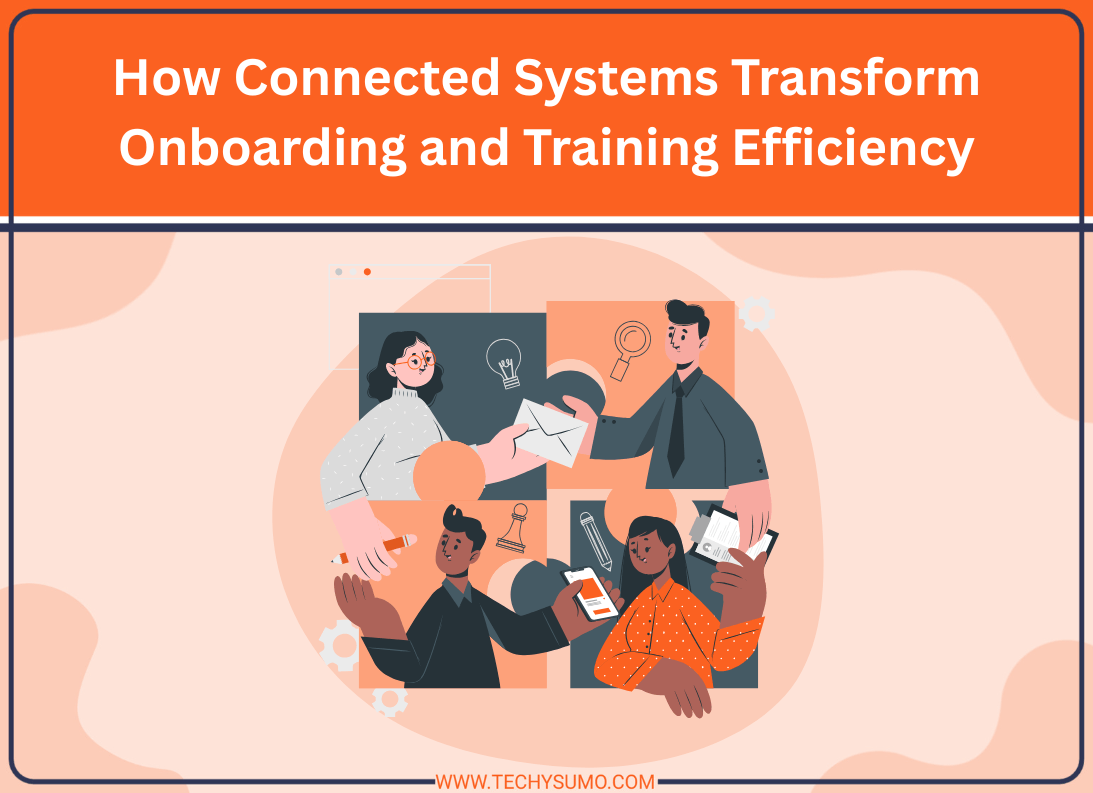The onboarding and training of employees sets the groundwork for an organization’s success in the long run. Still, too many HR and L&D teams continue to work with fragmented systems—leading to inefficiencies, a duplication of work and increased time-to-new-hire readiness. Growing occurrence of platforms that are connected and integrated are changing the game by putting people, processes, and learning together holistically and seamlessly. Tools like best project management tools now extend beyond task coordination to deliver intelligent, unified spaces that accelerate how employees adapt, learn, and grow.
Table of Contents
- Lark Base creates a single source of onboarding truth
- Lark Messenger drives real-time collaboration and feedback
- Lark Calendar ensures structured training schedules
- Lark Tasks enables personalized progress tracking
- Lark Docs turns learning into collaborative experiences
- Lark Wiki builds a living knowledge base
- Lark Sheets simplifies training data analysis
- Lark Meetings fosters interactive learning sessions
- Lark Mail streamlines onboarding communication
- Lark Approval accelerates onboarding requests
- Lark OKR aligns early performance with company goals
- Conclusion
Lark Base creates a single source of onboarding truth
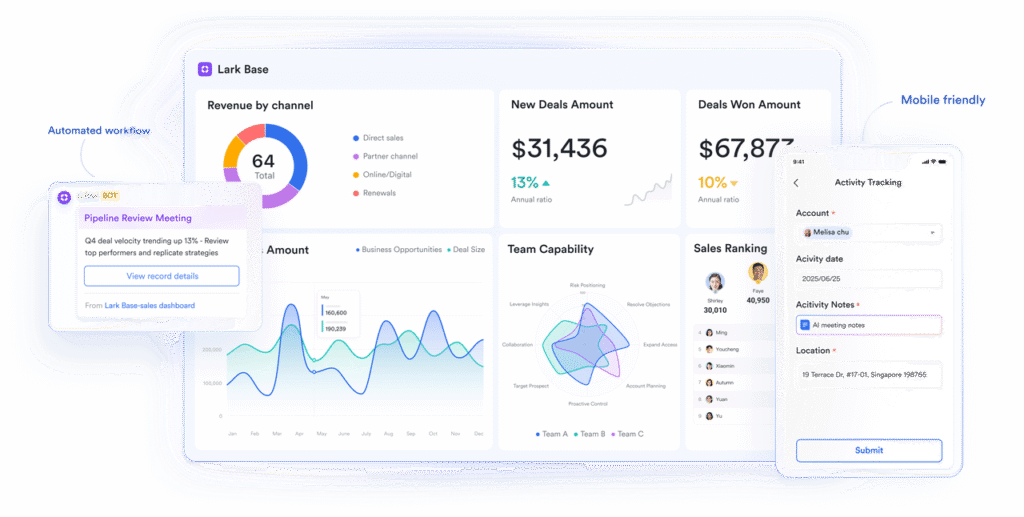
The Lark Base acts as a structured space for HR and managers to house onboarding templates, tasks, profiles, and training checklists. Teams can track progress in one, unified space instead of toggling back and forth between applications.
For example, a new employee’s onboarding Base may have fields to track training and completion, identify their mentor, and acknowledge that they have read the policies. As HR updates the fields, department heads will know the employee’s status at all times without follow-up tasks or to send another email.
Lark Messenger drives real-time collaboration and feedback
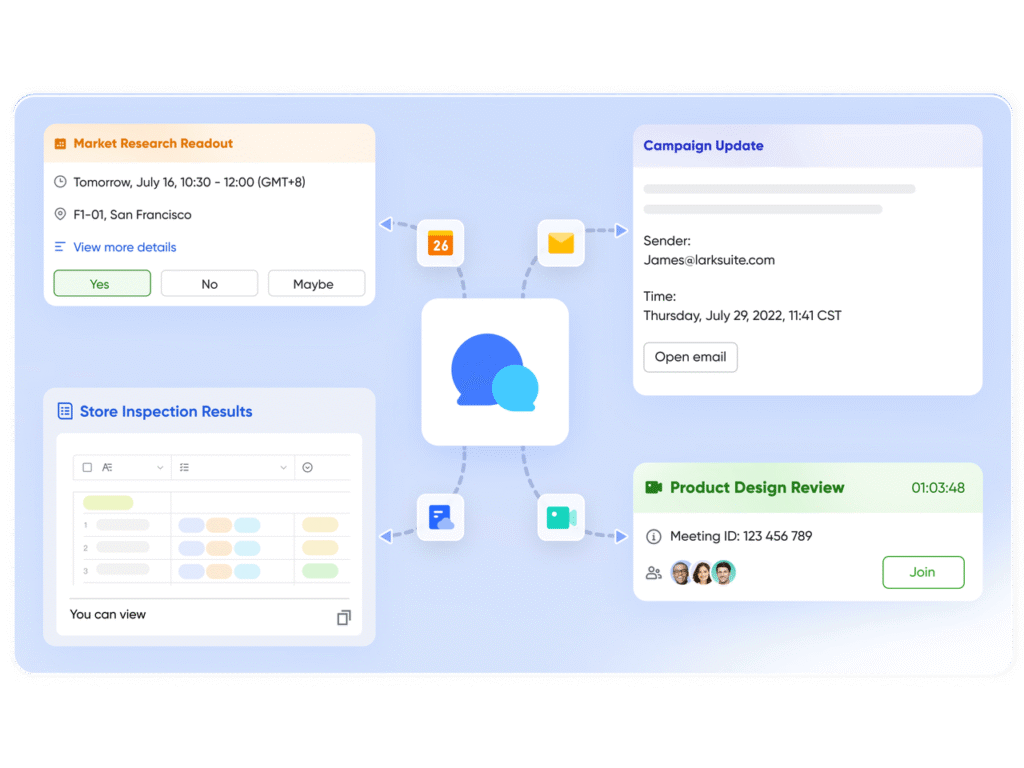
Communication is the essence of an effective onboarding experience for new employees. With Lark Messenger, new hires have immediate access to chat, video, or voice to communicate with their manager, HR, and peers. The continuous threaded conversations help keep things contextual during an onboarding training, so no valuable information is lost.
Managers often use group chats to introduce new hires at a department level or simply have discussions around feedback. This helps establish a culture of transparency and open communication on the first day. Instant reactions, polls, and pinboards will help ensure everyone can stay in sync without waiting for formal meetings.
Lark Calendar ensures structured training schedules
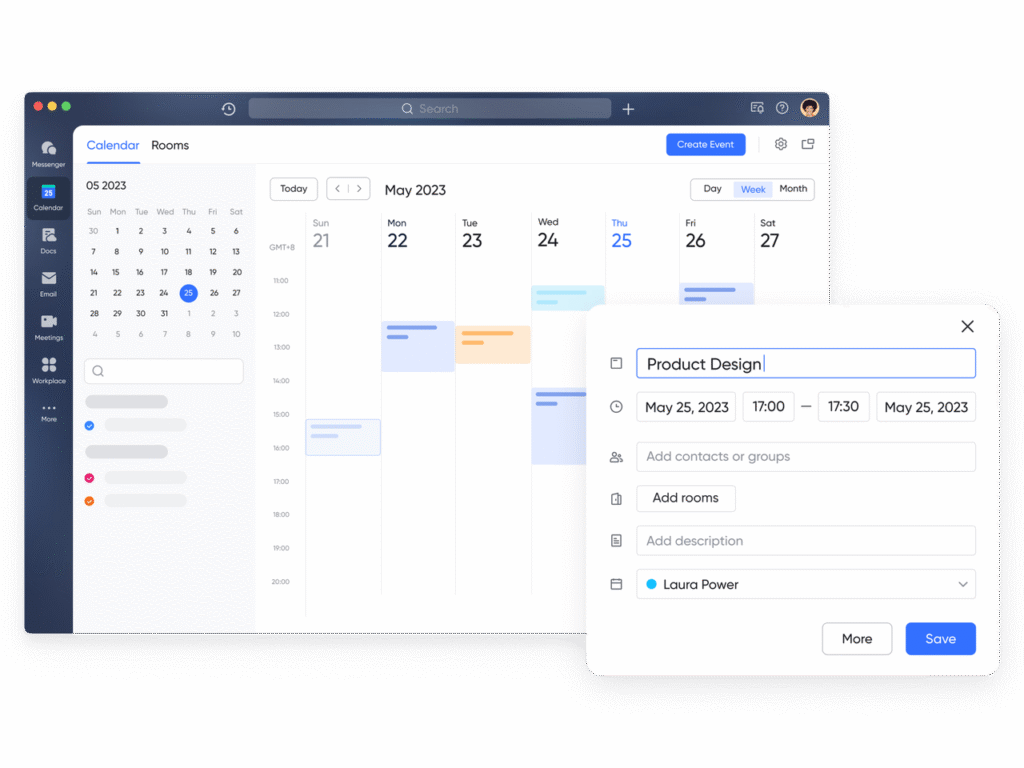
Using Lark Calendar, HR teams can create thorough onboarding timelines that link right to sessions, shadowing days, or certification deadlines. Employees get automatic reminders, and everything they have scheduled looks the same as everything else in their unified calendar view.
For example, when a new sales executive starts, their calendar can show the orientation sessions, workshops on a CRM tool, and product demonstrations — all updated automatically if there is a scheduling change. This system helps reduce confusion, and, even more importantly, helps new employees not miss any sessions.
Lark Tasks enables personalized progress tracking
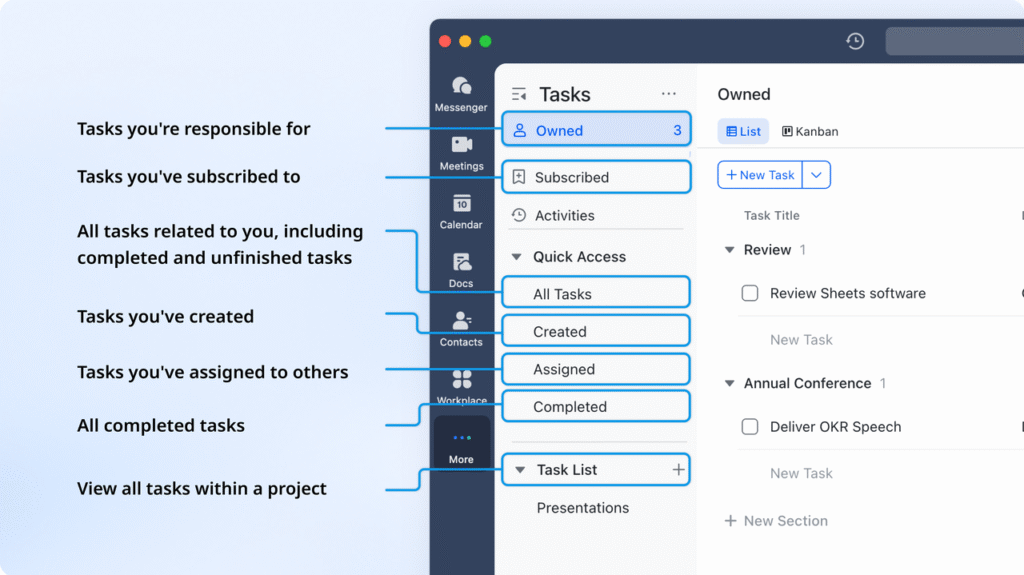
Every onboarding phase contains important tasks, whether these tasks involve training completion, policy review, or role-based certification. Lark Tasks empowers HR to delegate and maintain visibility on these tasks for each new hire. A manager can create task like “Complete compliance module” or “Take product demo,” and each task progress and dependencies are visible in real-time. Onboarding can now move from a simple checklist to a structured process with clear goals, which creates shared accountability.
By linking approvals, reminders, and status updates through automated workflow, HR professionals eliminate repetitive manual checks, ensuring every onboarding stage moves forward without friction.
Lark Docs turns learning into collaborative experiences
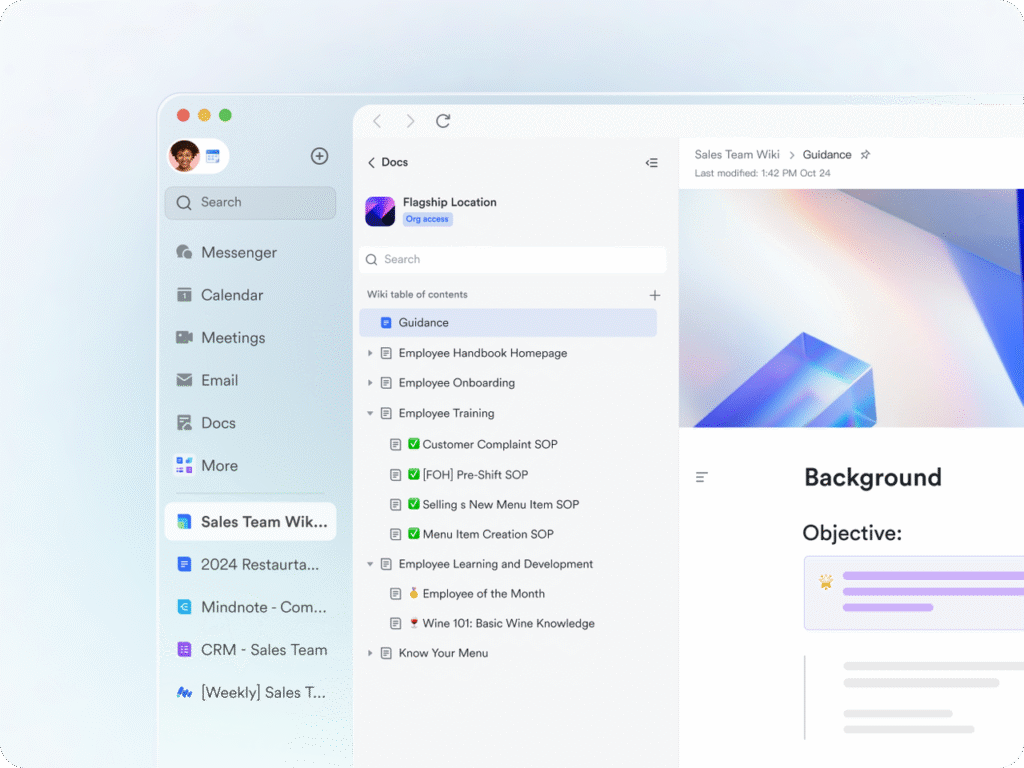
Rather than using static PDF manuals, Lark Docs provides “living” documents where trainers, managers, and employees can create and comment all together, in real-time. Training materials can include videos, quizzes, or quick polls to check for understanding.
For instance, an onboarding document for a marketing team may include brand guidelines as well as threads where new hires can comment and ask questions to clarify—thus designing a space for learning that fosters flexibility and engagement.
Lark Wiki builds a living knowledge base

Once someone goes through onboarding, the learning doesn’t stop. Lark Wiki enables organizations to keep a searchable, developing repository of company knowledge—from HR policies, to playbooks for specific projects.
This allows new employees to “self-serve” the information instead of relying on managers to repetitively explain something, freeing HR and trainers to provide much deeper coaching opportunities.
Lark Sheets simplifies training data analysis
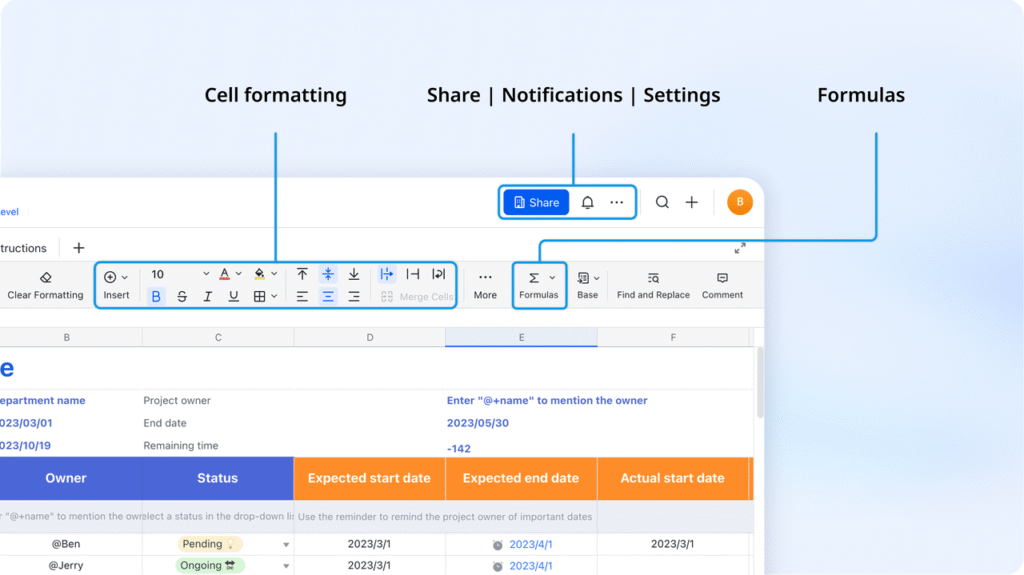
Tracking the effectiveness of onboarding requires access to data. Lark Sheets makes it simple to bring attendance, assessment scores, and participant feedback together on one connected place. HR teams can quickly see which modules work best and where to provide additional support.
For instance, comparisons of onboarding satisfaction across departments signal HR to modify programs for better results and improved retention.
Lark Meetings fosters interactive learning sessions
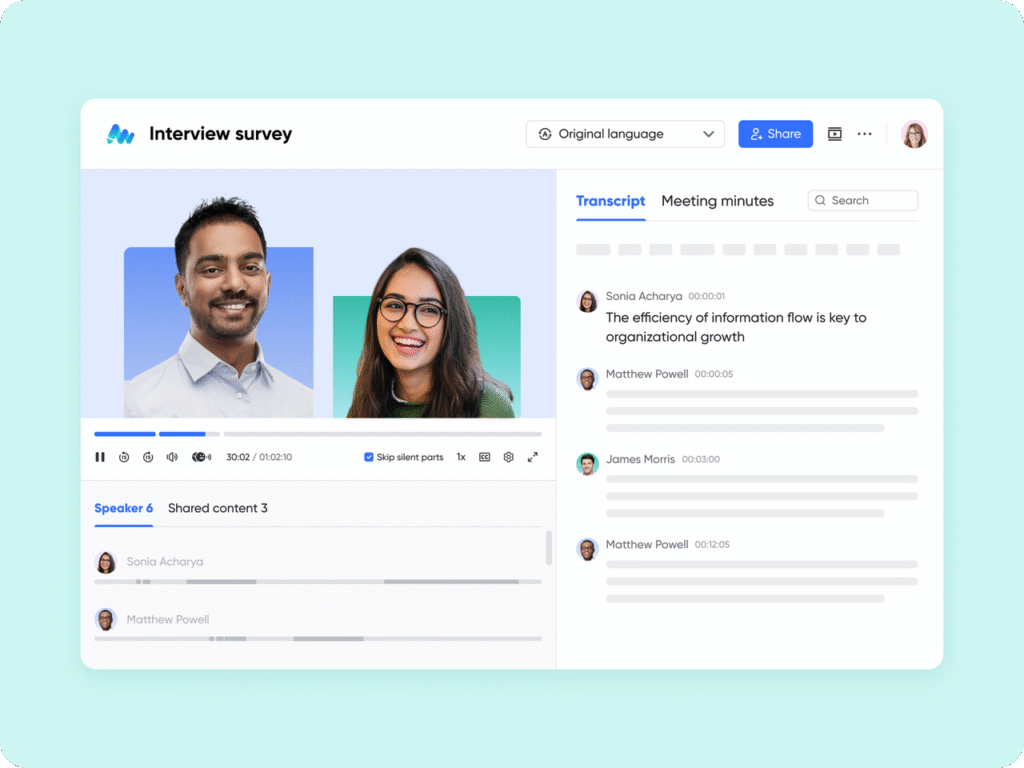
Most live onboarding and training sessions use virtual meetings. Lark Meetings enables teams to host onboarding sessions, live demonstrations, or peer-to-peer mentorship without a hitch. Breakout rooms, screen sharing, and polls within the meeting create engagement in the virtual space and support trainers in gathering feedback seamlessly. Recordings are automatically filed away for access on demand for learners and anyone unable to attend the live session.
Lark Mail streamlines onboarding communication
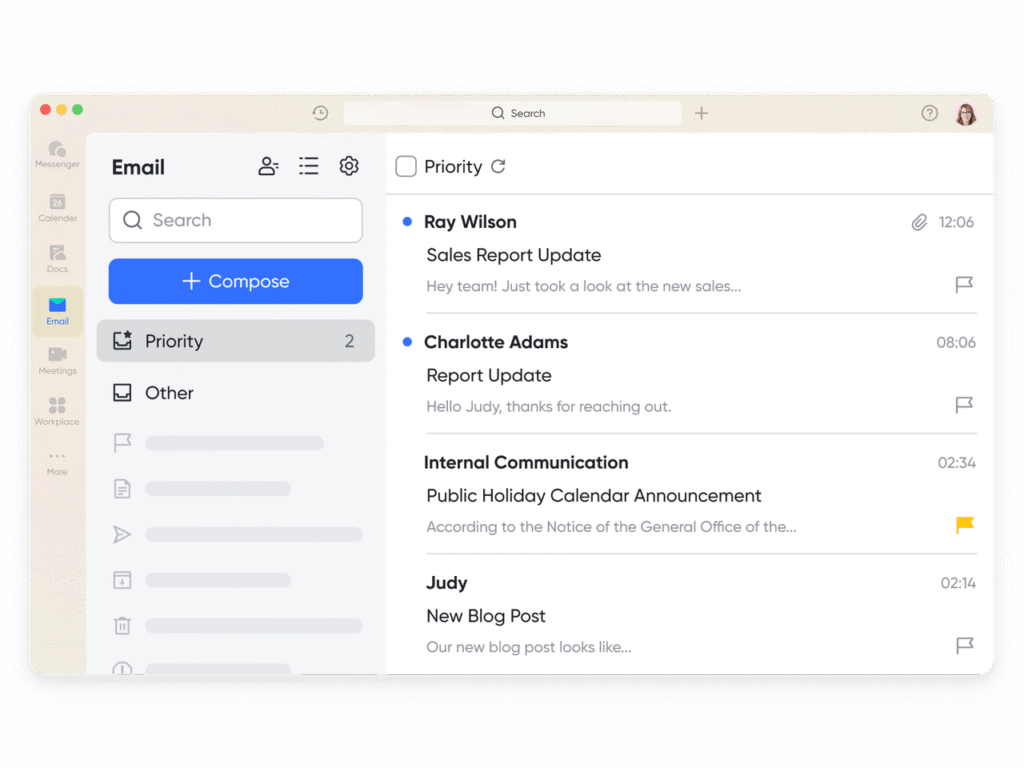
New employees usually experience an influx of emails. Lark Mail has you covered with smart filters, labels, and calendar sync. HR can compose welcome emails, share next steps, and ensure any official communication is both consistent and traceable. This maintains professionalism and alleviates inbox fatigue for new employees in their first weeks.
Lark Approval accelerates onboarding requests
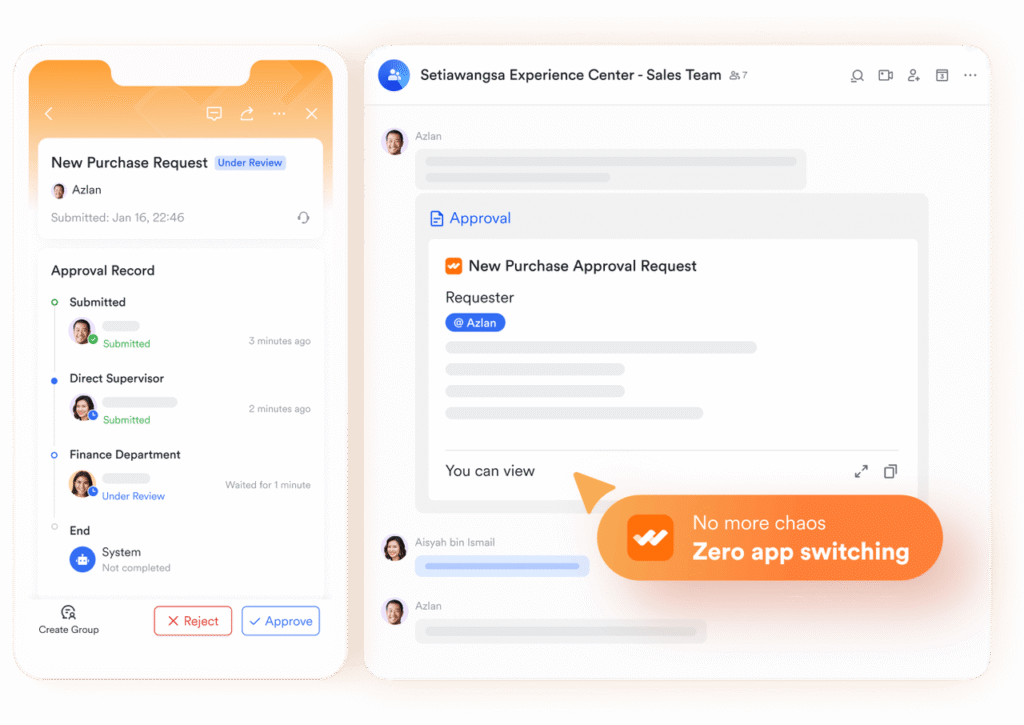
The onboarding process frequently entails approvals to access devices, permissions for tools, or acknowledgments of policies. Lark Approval makes any approval process flow through a clear,automated workflow. Once a new engineer, for instance, requests access to development servers, Lark Approval initiates the approval chain for the IT head, the security team, and their manager at the same time, with real-time status tracking to eliminate uncertainty and delay.
Lark OKR aligns early performance with company goals
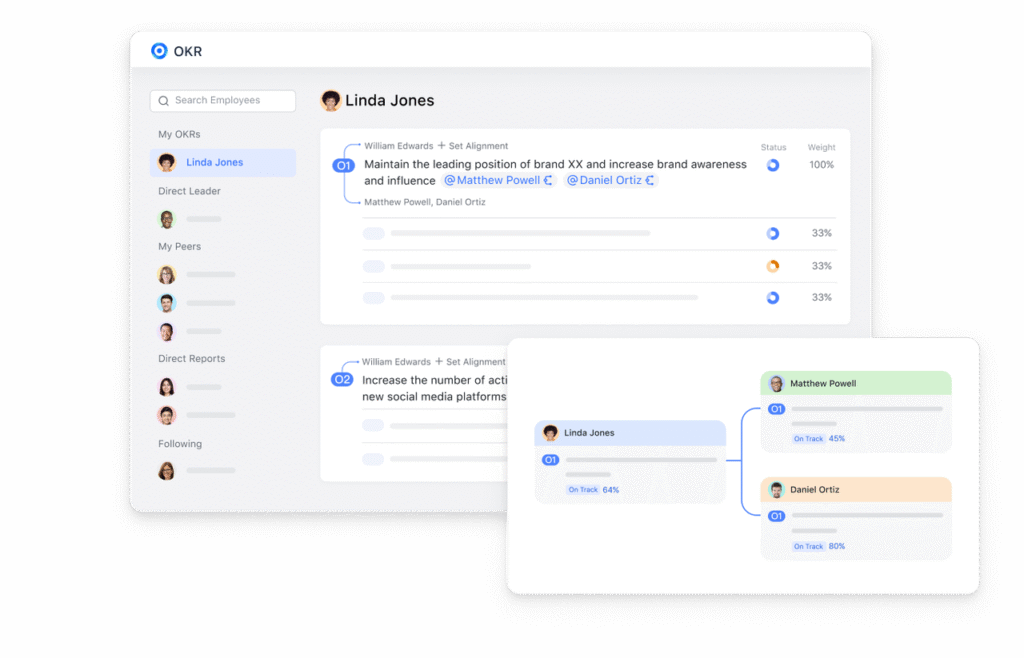
At last, Lark OKR shows new hires how their position relates to the company’s larger goals. Their manager can create short-term onboarding goals (like finishing their training) and long-term performance goals.
As employees will update their progress, HR and team leads will have early insight into engagement levels, which will help drive retention strategies.
Conclusion
Lark and similar connected systems redesign onboarding and training by replacing piecemeal and unconnected processes with a system for data-informed collaboration. Each feature—from Lark Base to Lark OKR—creates a harmonized setting for learning, communicating and making progress. For organizations aiming to shorten ramp-up time and enhance engagement, platforms built on project management software principles provide the modern foundation for sustainable employee success.


